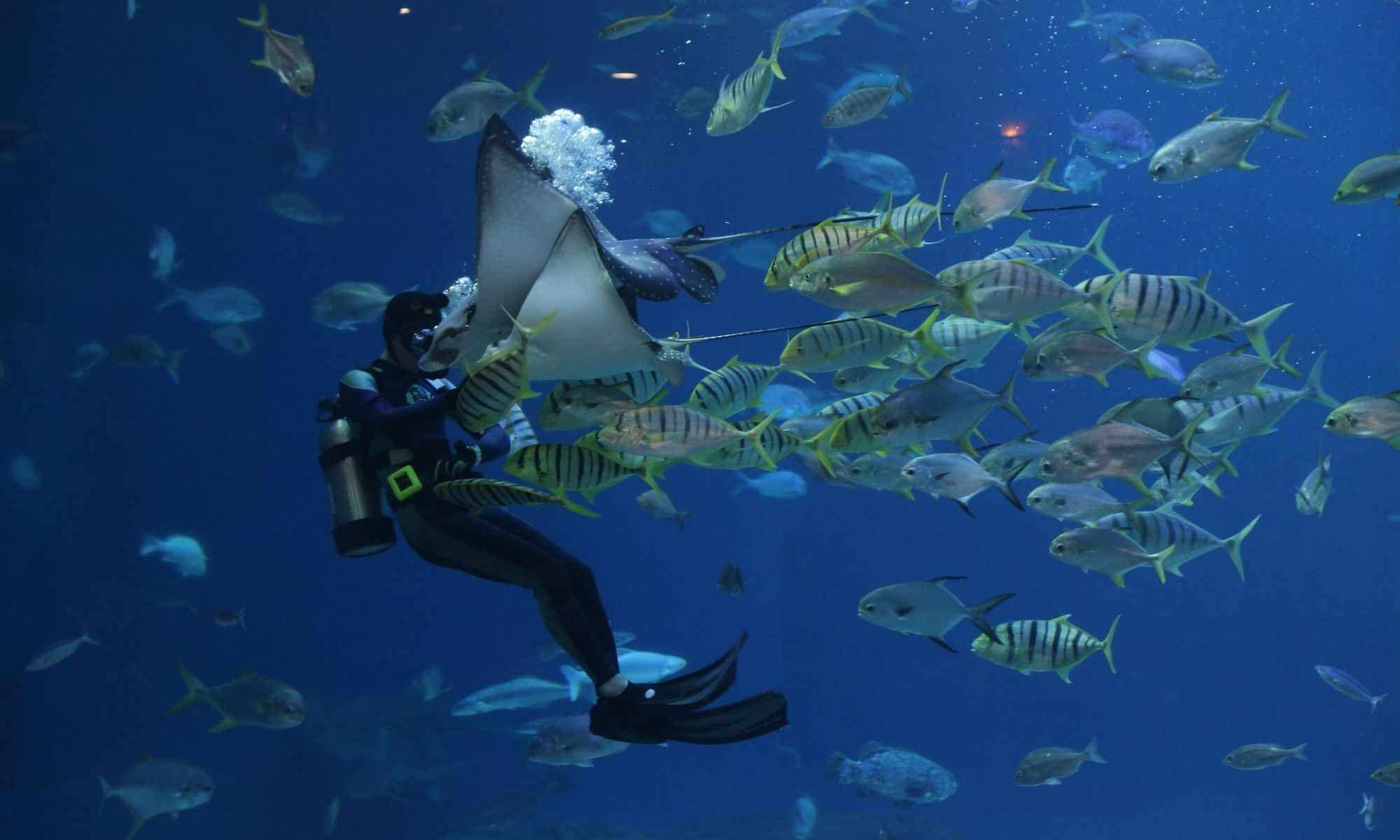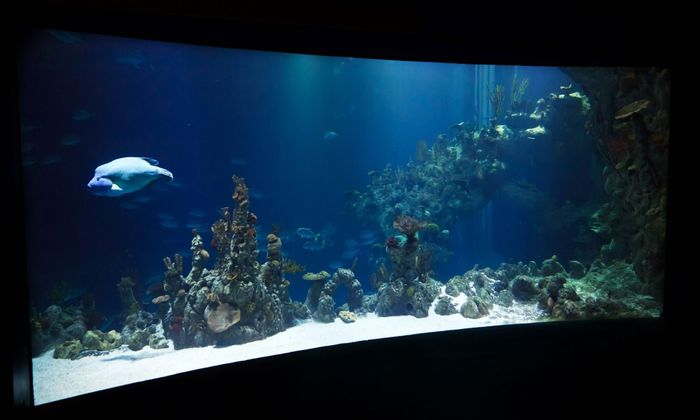Do You Know Where Your Fish Came From?
Find out where and how we source the fish that end up in our tanks and aquariums.

If you have experienced watching flamboyantly colored fish flit about in an aquarium, you must have asked yourself how those fish got there. Figuring out where they came from and if they were caught sustainably is important, especially if you have fishing experience and know how important it is to take care of the natural resources that are impacted by harvesting fish.
We’ll talk about how fish are sourced to ultimately end up as pet fish or ornaments in an aquarium and how being more aware of how the aquarium industry operates can help us make more informed decisions regarding respecting fish and their habitats.
Understanding the Aquarium Industry
The aquarium fish trade is a global industry with no centralized database that tracks what gets bought and sold and no central governing body enforcing necessary regulations. The aquarium industry’s popularity has skyrocketed since it originated in the 1930s. In this multi-million dollar industry, over 1 billion fish are sold annually. The aquarium industry is valued at between 200 and 300 million dollars per year. Fish ultimately find homes in one of over two million private and public aquariums around the world, the majority of which are in the United States.

In far-flung places such as Sri Lanka, the Philippines, and Florida, fish collectors and exporters pump tens of millions of marine animals into the aquarium industry each year. More than half of these fish and other aquatic animals end up in the United States, often with little or no oversight.
Around 1800 tropical fish species are included in the international trade, with hundreds of other species such as invertebrates and live corals in the pipeline. Fish are either wild-caught or captive-bred. Wild fish are caught from their natural habitat, while farmed fish are raised and bred on a fish farm. If you see freshwater fish in an aquarium, they are farmed fish because it’s easy to imitate the natural conditions of where they originally came from. On the other hand, it’s harder to breed marine fish, even with recent advances. Only 10% of the total fish species traded have been successfully bred.
Removing animals from their natural habitat can seriously affect their survival as a species and for their habitat. However, the effects can vary from species to species. It’s important to be aware and research certain fish species that have been over-collected and are now endangered in the wild.
From the Wild To the Tank

These are some of the important things you should know about how fish end up in an aquarium and how you can lessen the harmful effects of the aquarium trade:
1. The Stress of Travel
Unless you buy captive-bred fish you know is sourced sustainably and is relatively well taken care of, chances are that the fish experienced a long trip to get to your tank. After the fish are caught or raised, they are bagged up and shipped to their destination. The longer they are in that state, the more they stay in an unhealthy environment. Sometimes, they may sit in holding facilities for days, weeks, or even months and even make multiple stops before they get where they need to be. This is especially true if you buy fish not indigenous to your area or not raised or bred near where you are. This process is stressful for many fish, and there are high levels of mortality as a result.
2. Do Your Research
Next time you’re looking to buy a new addition for your tank, consider what fish species it is and what it took for it to get to where you are. It’s also important to note if that certain species you want is important to its natural habitat. Knowing which species we can buy that won’t harm its population and the environment is a good way to show support against overharvesting. The research will also inform you on how to take care of your fish properly. An example is that you would benefit from knowing how to prepare your fish tank water so your new fish can acclimate better.

3. Checking the Conservation Status
Visit the IUCN Red List of Threatened Species website to find the conservation status of your fish. This way, you can avoid those heavily endangered because of the aquarium industry next time you want to buy a certain species. Check the conservation status unless you can verify that your fish are harvested sustainably and captive-bred.
4. Just Ask
This is the simplest way to determine if you’re ethically getting fish. Ask the store where it imports its fish from. You’ll have a clearer idea if the fish you’re getting is wild-caught or if it was captive-bred.
5. Check If the Fish is Captive-Bred
If you are adamant about getting new fish that are endangered or non-native, see if you can find a captive breeding facility that has them. Some facilities ensure that they produce healthy fish in good water quality conditions.
6. Do Not Discard Fish
A responsible aquarium owner should know not to release their animals into the environment. This is because it can lead to non-native species invading and wreaking havoc in your local waters, disturbing the natural aquatic ecosystem. If you want to get rid of your fish, research how to get rid of it properly.
With the rise of people having aquariums, consumers need to understand their fish’s origins. Aquariums aren’t only for entertainment but can also help scientific research and foster an appreciation for fish and aquatic life. We must become more conscious aquarists if we truly care about these animals and the environment.




